Lambda’s hair follicle organoid, characterized by high reliability, can be utilized for drug development.
*Please login to see the price



Hair
The Hair Growth Efficacy Assay (3D) is a sophisticated method conducted with hair follicle organoids, enabling precise evaluation of hair growth efficacy.
In Lambda, our platform excels in skin organoid models, ensuring consistent shape and hair follicle formation.
Cell Type
· iPSC
Organoid type
· Skin & Hair folicle organoid
An Anti-alopecia Efficacy Assay conducted in a three-dimensional (3D) culture is designed to evaluate the effectiveness of substances or treatments in preventing or treating hair loss (alopecia).
Lambda provides a solution by utilizing highly biomimetic hair follicle organoids to more accurately mimic cell-to-cell interactions, enabling the assessment of drug effects and development.
Cell Type
· iPSC
Organoid type
· Skin & Hair folicle organoid

The Hair growth efficacy assay (3D) is a sophisticated method conducted with hair follicle organoids, enabling precise evaluation of hair growth efficacy.
In Lambda, our platform excels in skin organoid models, ensuring consistent shape and hair follicle formation.
Through a meticulous comparison of hair follicle numbers and Immunofluorescence (IF) analysis, Lambda evaluates hair growth efficacy by confirming markers related to skin and follicle structures. These advancements in skin organoids present Lambda as a solution for precisely assessing hair regrowth efficacy.
Due to the ban on animal testing in cosmetics by the EU in 2013 and South Korea in 2017,
there’s an increasing need to overcome the limitations of current efficacy and safety testing methods.
Lack of accurate efficacy evaluation for escpecially hair product .



As a result of comparing the number of hair follicles after treating hair growth efficacy drugs, it was confirmed that the number of hair follicles was higher compared to the control.

Drugs with fermentation efficacy were treated and monitored for 70 days to assess the effects.

When comparing hair follicle formation through Immunofluorescence (IF) analysis 10 days after drug treatment, increased expression of CTNNB1 was observed in the drug-treated organoids.

Lambda Biologics GmbH
Deutscher Pl. 5c, 04103 Leipzig, Germany